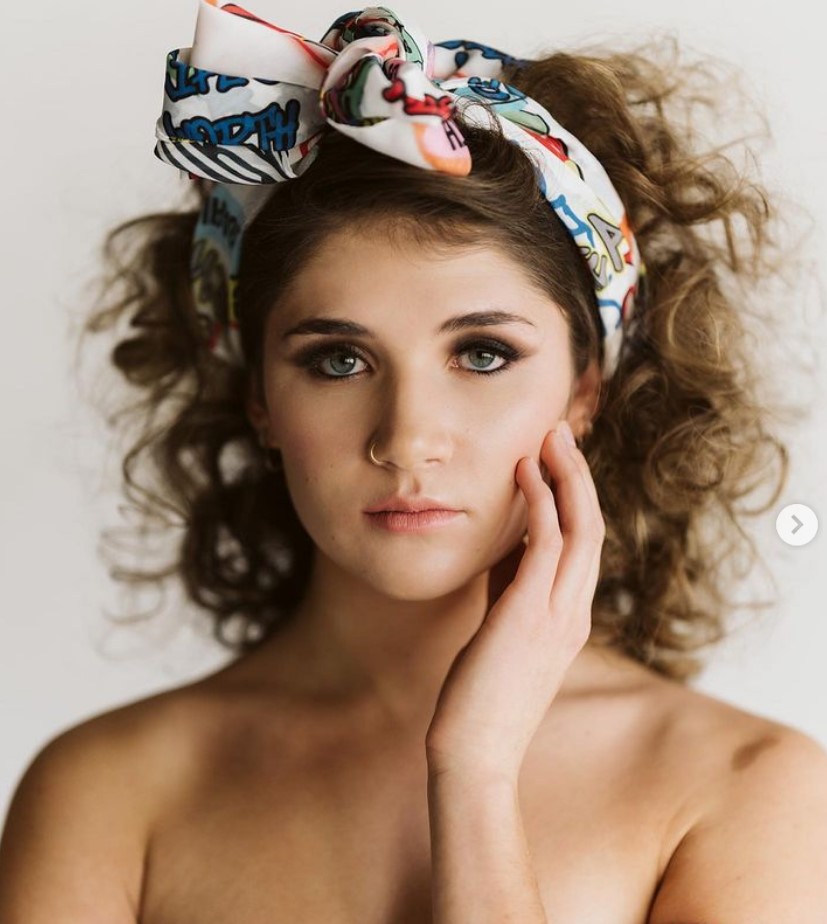
Editorial Makeup
Editorial makeup is a type of makeup used for magazine spreads and runways and is usually not worn every day. When applying this kind of makeup, the artist has to interpret fashion and provide a look that will help achieve the image a client, brand, photographer, or art director requires.
Types of Editorials
Beauty Editorials
A makeup artist needs to include beauty photos (also known as editorials) in their portfolio since they allow prospective clients to examine the artist’s previous work in more detail and have a better understanding of the artist’s level of expertise and range of capabilities.
When an editorial is going to be concentrating on jewelry, hair products, or hair accessories, the normal makeup used is relatively little. These kinds of spreads are often shown with exhaustive lists of the goods utilized in the model.
Hair Editorials
Depending on the aesthetic direction, the focus of such editorials could be on the hair or the accessories, relegating the cosmetics to a secondary role, or vice versa. There is a possibility that styling may be incorporated. Still, the majority of the images will remain in the beauty crop.
The hair must have a flawless appearance in high definition. Products that provide shine and combat frizz are often used in editorial styling since they help create a nice finish on the hairstyles.
To produce spectacular styles, you’ll need a variety of equipment, including styling tools, pins, and grips, among other things. When the primary focus of an editorial is on fashion, the models’ hair is often arranged. The work of a talented hairstylist, like that of a makeup artist, can truly elevate editorial images to another level.
Fashion Editorials
Because of the magnitude, the makeup technique for these pictures might be more dramatic or can be kept simple to let the outfit take center stage. The purpose of these pictures is to express the many textures, colors, and forms of the garments. The makeup must match the fashion and give some value to the narrative.
Creative Editorials
Important Factors About Editorial Makeup
The following are significant factors of editorial makeup:
Mood & Concept
It is essential to have a good understanding of the story’s balance. You have to decide if you want lovely traditional or more modern and experimental makeup. You must also determine if the images will have vivid hues or more subdued tones.
Do you want the audience to be enthralled or overcome with melancholy? A fashion editorial is any story that primarily discusses or features clothing. It is considered a beauty editorial when a piece is centered on women’s makeup. When the topic of discussion is hair, we call it “hair editorial.”
Despite this, the three aspects of editorial presentation, clothes, cosmetics, and hair, are inextricably linked to one another and always complete one another. In this case, a fictitious reality must elicit a feeling from the observer, and the makeup should represent the scenario’s surroundings, mood, and general character.
Regardless of your makeup artist’s expertise, they will need to have a plan to follow. Do you prefer a matte or glossy finish to your makeup? Which features of the model’s face do you intend to highlight and why? You will be required to speak on your aim and idea for the session, so ensure that you are ready to show the makeup artist some example photographs.
Most creative teams benefit from having a mood board or brief prepared by the art director or editor to help them understand the project’s overarching concept and the specific contributions each member should make. It is crucial to have an early conversation about how a notion may be translated with the makeup artist (and the hair stylist, if applicable).
Durability of the Makeup
The speed of fashion editorials is usually swift. This requires a really strong grip. It’s not uncommon for models to switch up their hair and makeup five times in a single day to keep up with the constantly shifting plot and costume. Makeup artists often have to work alongside hairstylists on the same model, which may be a bit of a squeeze. As a result, a few different makeup looks may be necessary.
An experienced makeup artist understands the need to apply transitional looks to build on the previous one, which will assist in capturing the client’s vision. The strategy of beginning with a clean appearance and working one’s way up to editorial may save one’s life. No crew member wants to wait for the makeup artist for many hours.
Flawless
Final Thoughts
Editorial makeup is characterized by a smooth, camera-ready appearance that conveys a positive impression. The pursuit of beauty should never take second place. For editorial makeup to create the intended impact, it has to be worn in conjunction with wearable art. Additionally, editorial makeup has to be flawless so that it appears beautiful in written media. It may be highly innovative, on-trend, or experimental based on the client’s goals. However, it must always complement the fashion and represent a mood or notion of the narrative conveyed in the editorial.
If you are looking for a professional makeup artist for your editorial photoshoot contact us by using the button below.
